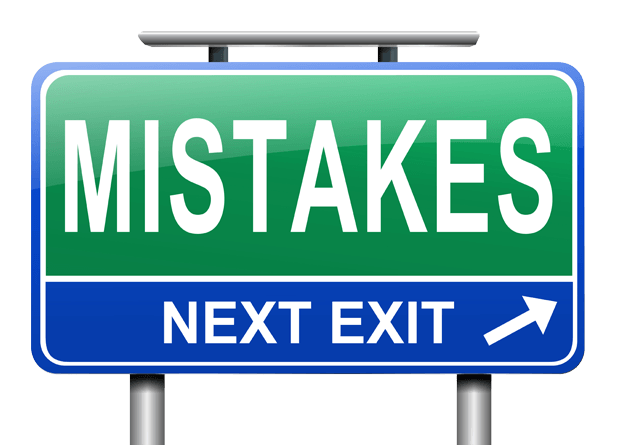If you send email campaigns long enough, you will run into spam filter issues. As a legitimate email marketer you can still expect 20%+ of your emails to just get lost in cyberspace, mostly due to overzealous spam filters.
SPAM filters / firewalls use multiple techniques to determine whether your legitimate business email is SPAM . Today's filters rely heavily on your domain and server reputation, but most filters still factor in your email's content, and are based on the spamassassin engine. Content-based filters review your content and assign points each time they see something that looks like a spammy phrase, and certain criteria get more points than others. If your campaign's total "spam score" exceeds a certain threshold, your email is sent to the junk folder.
So "what's the threshold I need to stay under?"
Unfortunately the threshold is different for every server — the content weightings are determined by the person who installed the spam filter software. Many overzealous IT folks set their threshold extremely low so just about anything will get spam filtered.
At any rate you can still improve your delivery by following some common sense and avoiding a few common content mistakes. They may seem basic but these basic mistakes account for more than 60% of the content mistakes we see:
-
Sloppy HTML coding. Real spammers don't code well, so avoid poor HTML. Top offenders include:
- Forgetting </BODY> tags, open-ended / unbalanced </TABLE> definitions and including content in the <HEAD> section (email clients strip all content between the <HEAD> </HEAD> tags.)
- Cutting and pasting from Microsoft Word. Word is not designed as an HTML editor, so if you're creating your campaign with Word then cutting and pasting into your HTML editor / email editor, chances are you're going to end up with ugly email code. Word inserts tons of redundant and often incorrect or useless html code that email clients don't like.
- Using one big image. Avoid creating an HTML email that's nothing but one big image, with little or no text (since spam filters can't read images, content filters assume you're a spammer that's trying to trick 'em).
- Sending a test to multiple recipients within the same company — including your own! Customers sometimes add 20+ co-workers to their test email list, then send multiple versions of their own email. It doesn't take long for a company firewall (including your won) to start blocking your emails. (the email firewall assumes it's a spam attack).
- Using the word "Test" in the subject line (agencies run into this all the time, when sending drafts to clients for approval)
- Here's a surprise: Avoid using "Dear " in your introduction. According to Spamassassin's engine, "Dear" ain't so Dear – it will add as much as 2.5 points to your spam score. Use 'Hi [firstname]' or just the recipient's name instead.
Here are a few other topics to avoid – each will increase your SPAM score:
- Money back guarantee
- Why Pay More?
- Looks like mortgage pitch
- Contains "urgent matter"
- Going crazy with exclamation points!!!!!!
- USING ALL CAPS, WHICH IS LIKE YELLING IN EMAIL
Here's the entire list of Spamassassin content tests.
Can I check my campaign before I send it?
Yes – Pinpointe comes with an online spam checker that you can use to thoroughly scan your email campaign for spammy keywords and really bad HTML code. It can save you a ton of time and money by just running one test before you send your campaign.







